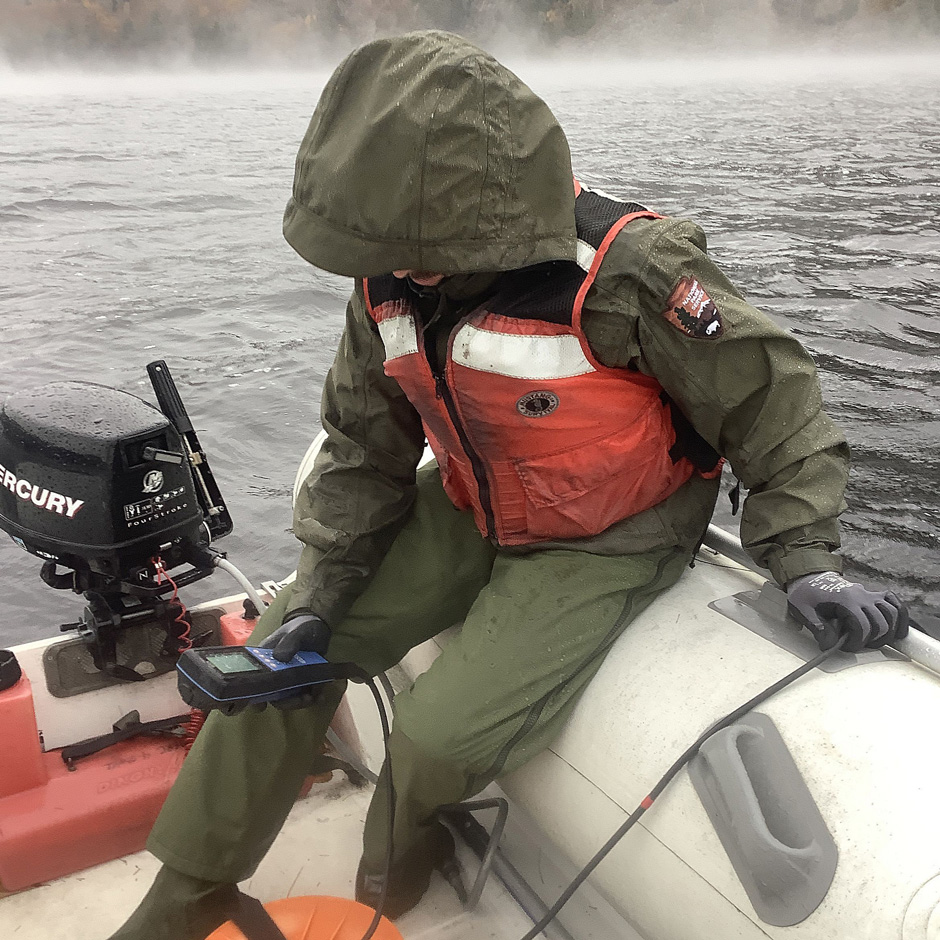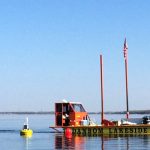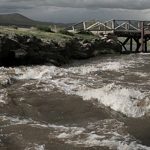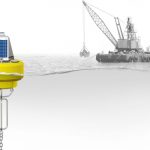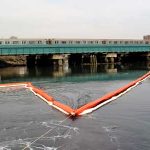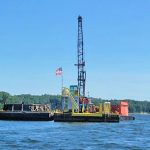Turbidity is the state of relative clarity or cloudiness of water. Many factors can contribute to increased turbidity. The most obvious are suspended sediments consisting of various sand, silt, clay and gravel particles. These may be introduced by soil erosion, urban runoff, bottom-dwelling aquatic creatures that stir up settled sediments, or human activities such as […]
Articles Tagged: turbidity monitoring
Long-Term Monitoring in Jordan Pond
Acadia National Park | Friends of Acadia | University of Maine Climate Change Institute
Read More →In-Situ AquaTroll X-Series Integration Guide
Real-Time Water Quality Measurements The In-Situ Series of Multi-Parameter Water Quality Sondes (AquaTroll 200/400/500/600) are compatible with NexSens X-Series data loggers using the Modbus-RTU communication protocol and RS-485 sensor interface. A pre-defined script on X-Series data loggers is able to detect, log and transmit all parameters available on all models of In-Situ sondes. Parameter data […]
Sequoia LISST-ABS X2 Integration Guide
The Sequoia LISST-ABS Acoustic Sediment Sensor is designed specifically for measuring suspended sediment concentrations at a single point. The LISST-ABS is compatible with NexSens X-Series data loggers using the SDI-12 communication protocol and sensor interface. A pre-defined script on X-Series data loggers is able to detect, log, and transmit all parameters from the sensor. Parameter […]
Using a Turbidity Buoy at Dredge Sites
Dredging done correctly doesn’t hurt water quality, and can yield positive environmental results. However, ensuring these good results demands monitoring for contaminant release, sediment resuspension, and other water quality issues.
How to Measure Turbidity
Planning/choosing the right instruments and processes for turbidity measurement can be a challenge. NexSens explores some of the best choices available in the context of experience and highlights the basic requirements for a successful system.
Turbidity Monitoring at Dredge Sites
For regulatory or other needs, turbidity monitoring is and important aspect of any dredging project. Dredging affects water clarity and quality and should be monitored in real time to aid with remediation efforts associated with elevated turbidty.
Coney Island Creek TSS Monitoring
Sevenson Environmental Services
In an effort to dredge the contaminated sediment, a New York consulting firm contacted NexSens Technology for a turbidity monitoring system.
Turbidity Dredge Monitoring
Earth Tech
NexSens engineered a buoy-based system with real-time data telemetry for monitoring turbidity during dredge projects.


